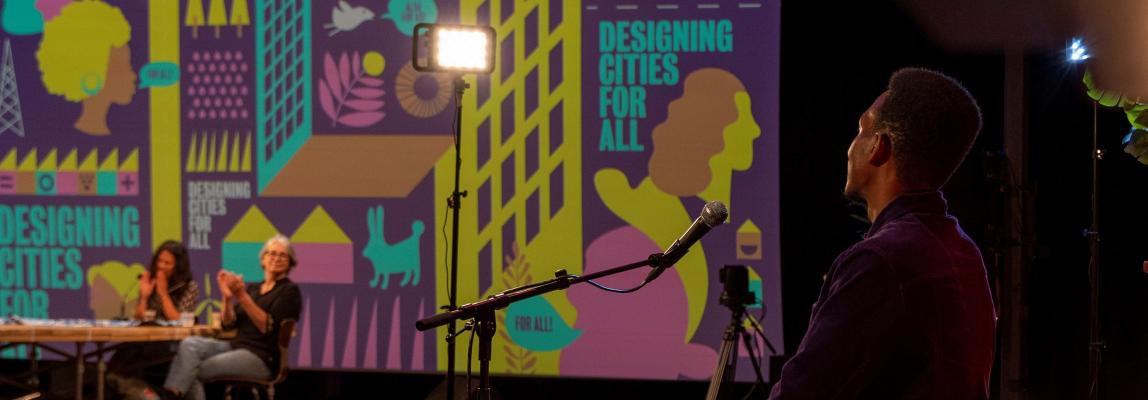
Designing Cities For All
07/04/2023 - 14:08
Design. What is the first word or image that comes into your mind? A flyer with flashy colours? Fashion? Or perhaps a futuristic building? What does it mean to design? Writer John Heskett mentions “Design, stripped to its essence, can be defined as the human nature to shape and make our environment in ways without precedent in nature, to service our needs and give meaning to our lives.” Whether you are thinking about a product or a space, the core of design is about giving meaning to our lives and fulfilling the needs of living beings. However, too often design does quite the opposite; due to lack of diversity in teams, unconscious bias, historical systems of oppression like colonisation, and institutional racism, many designers often remain unaware of the exclusionary repercussions of what they design and the way they design.